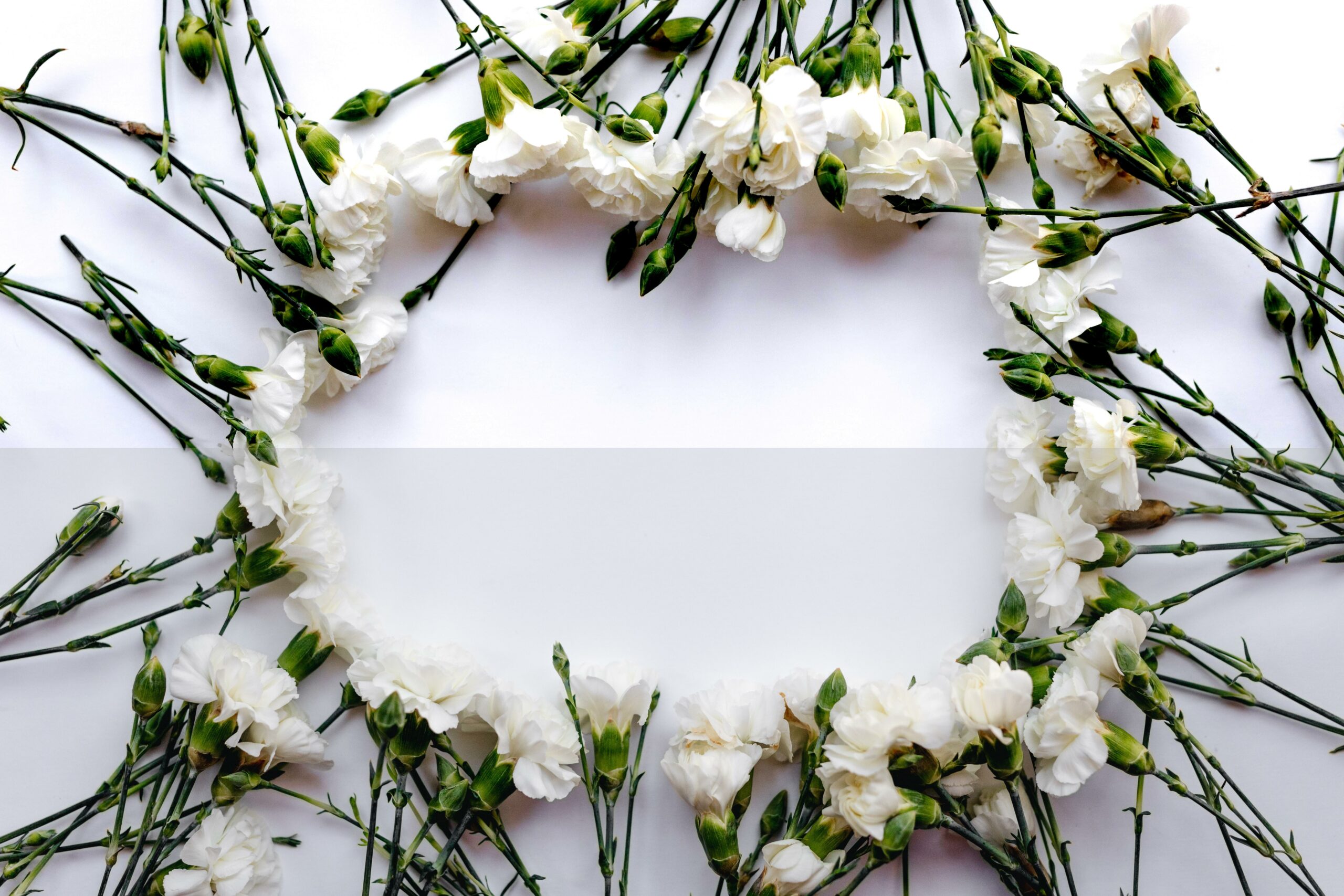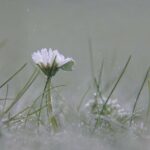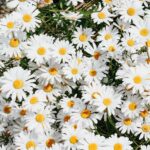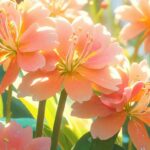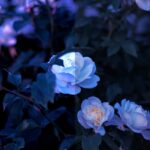Are your little ones curious about the colorful and fascinating world of flowers? Look no further! In this article, we are going to uncover a bouquet of intriguing facts about flowers, specially curated for kids. From their vibrant petals to their incredible ability to attract buzzing bees and fluttering butterflies, flowers have always amazed and delighted us. So, let’s embark on this blooming adventure and explore the wonderful world of flowers right from the comfort of your own home!
Facts About Flowers For Kids
Flowers are truly amazing wonders of nature. They come in a variety of colors, shapes, and sizes, and each one has its own unique features. Have you ever wondered how flowers are formed? Or why they have such vibrant colors and sweet smells? In this article, we will explore some fascinating facts about flowers that are sure to captivate young minds.
The Incredible World of Flowers
Flowers are not just beautiful to look at; they play a crucial role in the life cycle of plants. They are the reproductive part of a flowering plant, also known as an angiosperm. Flowers have been around for a very long time, with the first ones appearing about 140 million years ago. That’s older than dinosaurs! So, the next time you see a flower, remember that you’re looking at a living piece of history.
Flowers, like us, need food to survive. But instead of eating hamburgers or pizza, flowers get their food from sunlight, water, and minerals in the soil. They use a process called photosynthesis to convert sunlight into energy. It’s like having a mini solar panel inside them! So, the next time you see a flower basking in the sun, you’ll know it’s just fueling up for its next big adventure.
Exploring the Parts of a Flower
Now, let’s take a closer look at the parts of a flower. Flowers have different components that work together to help the plant reproduce. One of the most eye-catching parts of a flower is the petals. They come in all sorts of colors, from bright reds to soft pinks and vibrant yellows. And you know what? Those lovely petals are like the flashy outfits flowers wear to attract attention and invite pollinators to visit.
Inside the blossom, you’ll find the stamens and pistils. Stamens are like the flower’s boy parts, and pistils are the girl parts. They work together to ensure that the plant can reproduce. And do you know what they use to attract pollinators? Nectar! Nectar is like a sweet treat for birds, butterflies, bees, and other insects. It’s the plant’s way of saying, “Come on over and help me make some baby plants!”
Amazing Flower Facts
Flowers are full of surprises. Some have unusual features that make them stand out from the crowd. Take, for example, the corpse flower. As its name suggests, this flower smells like rotting meat! Yuck! But you know what? That stinky smell attracts insects that feed on decaying matter, and they help the flower pollinate. So, while it may not smell pleasant to us, it’s a real treat for those insects.
Did you know that some flowers can produce a vast number of seeds? Take the sunflower, for instance. This bright and cheery flower can have up to 2,000 seeds! That’s a lot of potential sunflower plants. And guess what? Those seeds are not only delicious for birds and squirrels but are also packed with nutrients!
Pollination: Nature’s Matchmaking
Now, let’s talk about how flowers get pollinated. Pollination is the process of transferring pollen from the stamen to the pistil, which helps flowers reproduce. Nature has come up with some pretty amazing ways to make this happen. Some flowers rely on animals for pollination. They use their bright colors, sweet smells, and even tasty nectar to attract insects, birds, and other small creatures. These pollinators unknowingly carry the pollen from one flower to another as they go about their business. It’s like nature’s little matchmaking service!
Other flowers, like grasses and many garden plants, prefer to be pollinated by the wind. They don’t need flashy outfits or delicious nectar. Instead, they produce large amounts of lightweight pollen that can be easily carried by the breeze. So, the next time you see dandelion fluff floating through the air, you’ll know that those tiny seeds are on their way to find a new home.
Conclusion
Flowers are truly fascinating and essential parts of our natural world. They not only bring beauty to our surroundings but also play a vital role in the reproduction of plants. From their colorful petals and sweet nectar to their unique features and interesting ways of being pollinated, flowers have so much to offer. So, the next time you see a flower blooming, take a moment to appreciate its beauty and remember all the amazing things it does for our planet.
Flowers have always fascinated people with their vibrant colors, delicate petals, and enchanting fragrances. If you’re curious to discover some fascinating facts about flowers, click here. You’ll be taken to a page that reveals intriguing information about different types of flowers, their symbolism, and even their historical significance. Prepare to be amazed as you delve into the captivating world of flowers! So, why wait? Let’s explore the amazing facts about flowers on our website: facts about flowers.
Inside the Fascinating World of Flowers
[youtube v=”R9sn7HZM7uY”]
Have you ever wondered what goes on inside a flower? Flowers are not only beautiful and fragrant, but they also have a crucial role in the life cycle of plants. They attract pollinators and use their colors and smells to ensure the reproduction of new plants.
The Job of a Flower
Flowers play a vital role in attracting animals called pollinators, such as bees, butterflies, hummingbirds, and bats. These pollinators help transfer powdery substance called pollen from one flower to another. This pollen is crucial in the production of seeds, which eventually grow into new plants. So, essentially, a flower’s job is to entice pollinators through its vibrant colors and alluring fragrances.
Understanding the Parts of a Flower
To unveil the intricate workings of a flower, botanists often dissect them to study their different components. The stem is the sturdy support system of the plant, connecting both the roots and the leaves. It brings water and nutrients from the roots to the rest of the plant and also transports food from the leaves to the flower.
Leaves, on the other hand, contain chlorophyll, which helps convert sunlight into food for the plant through photosynthesis. Veins in the leaves function similarly to the veins in our bodies, carrying water, nutrients, and the produced food to different parts of the flower.
The Secret of a Flower’s Attraction
Flowers have evolved a fascinating adaptation to attract pollinators – the production of nectar. Nectar is a sugary liquid that pollinators love to eat. The vibrant colors and enticing smells emitted by flowers act as a signal to pollinators that there is a ready supply of food available in the form of nectar. This exquisite appeal invites pollinators to visit and indulge in the flower’s offerings.
The Intricate Reproductive System of Flowers
When observing the inside of a flower, you may notice long, dangly structures called stamens. These stamens are responsible for producing pollen. When a pollinator visits a flower, it collects pollen from the stamen, which sticks to its body. As the pollinator moves on to another flower, it inadvertently transfers the pollen to that flower, enabling pollination.
The remaining part of the flower is the pistol, a sticky structure that collects pollen brought by pollinators from other flowers. If pollen from another flower reaches the pistol of a flower, the pistol can use this pollen to fertilize and produce seeds. These seeds, once dispersed, have the potential to grow into new plants.
A Blossoming Conclusion
Flowers are not just visually appealing; they are nature’s ingenious mechanism for the reproduction of plants. Their vibrant colors, fragrances, and intricate reproductive systems have fascinated humans for centuries. The next time you come across a flower, take a moment to appreciate its beauty and the vital role it plays in the circle of life.
Flowers are the beautiful messengers of nature that captivate our senses while serving as life-givers to the plant kingdom. Through their allure, they invite pollinators, engage in a delicate dance of reproduction, and ensure the cycle of life continues. So, the next time you peer into a flower, remember that you are witnessing a miniature world of wonder and essential natural processes.
FAQ
Q: What is a flower?
A: A flower is a special kind of plant part that produces pollen and seeds. It is the reproductive part of a flowering plant, scientifically called an angiosperm.
Q: How long ago did flowering plants first appear?
A: Flowering plants first appeared about 140 million years ago.
Q: Where do flowers get their food from?
A: Flowers get their food from sunlight, water, and minerals in the soil.
Q: What are the different parts of a flower?
A: Flowers have different parts, such as petals, stamens, pistils, and nectar.
Q: How do flowers attract pollinators?
A: Flowers can have different colors, shapes, and smells to attract pollinators such as animals, insects, wind, or water.
- Unveiling the Enigma: Mansoureh Khojasteh Bagherzadeh’s Public Appearances & Private Life in Iran - July 18, 2025
- Unveiling the Mystery: Mansoureh Khojasteh Bagherzadeh’s Husband: A Rare Glimpse into a Private Life - July 18, 2025
- Unveiling Masoud Khamenei’s Mother: Power, Influence, and Iran’s Future - July 18, 2025
